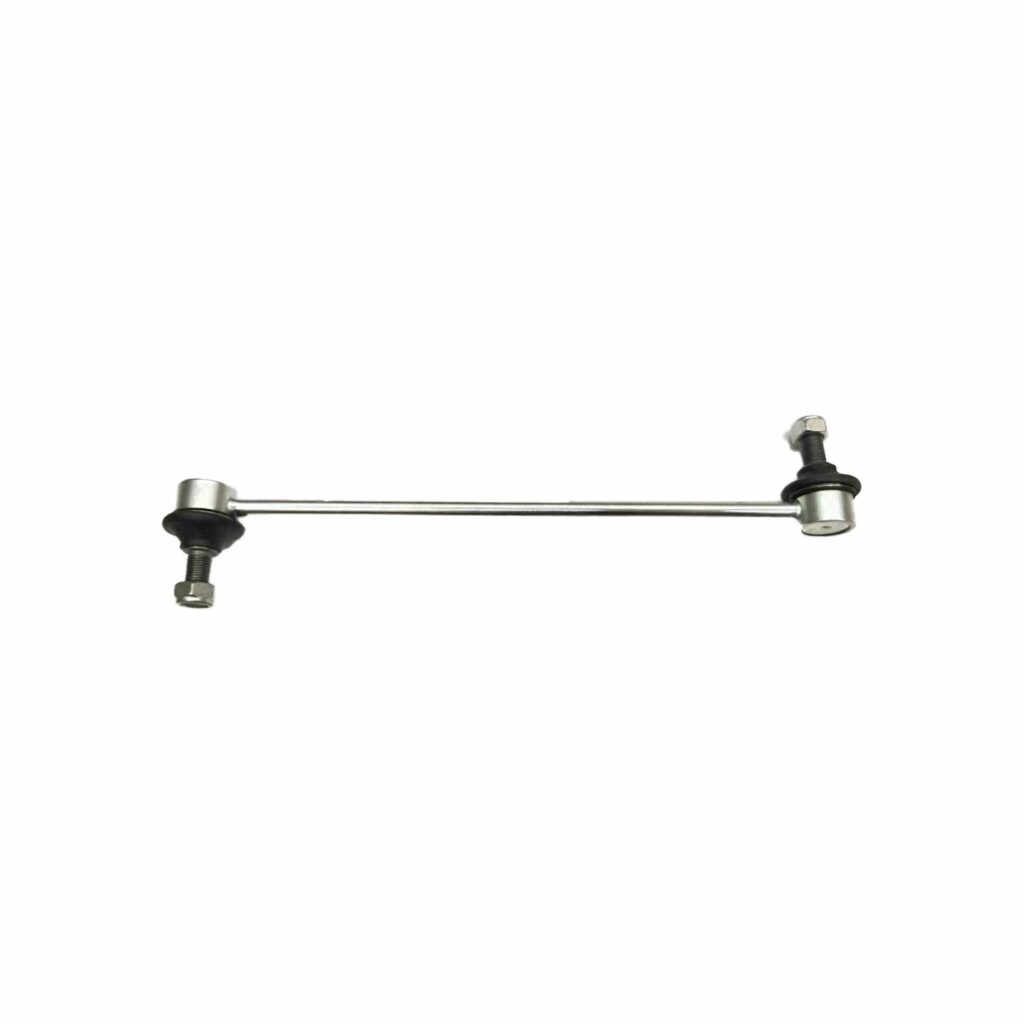Your vehicle’s sway bar links are an important yet often overlooked suspension component. The sway bar, also known as an anti-roll bar or stabilizer bar, helps reduce body roll during cornering. The sway bar links connect the sway bar to the vehicle’s frame or suspension.
The main purpose of the sway bar links is to transfer force from the sway bar to the suspension. When your vehicle goes around a corner, the inside wheels are compressed and the outside wheels are extended. The sway bar counteracts this movement by applying torque to both sides of the sway bar, resisting body roll. The sway bar links transmit this torque to the suspension.
Sway bar links are typically comprised of an outer metal tube with inner bushings or bearings at each end. The inner part is attached to the sway bar while the outer part connects to the vehicle. This allows the sway bar to pivot as the suspension moves.

Worn Or Damaged Sway Bar Links Cause Such Troubles
Over time, sway bar links can wear out due to friction, corrosion and impact damage from hitting obstacles. Worn or damaged sway bar links may:
• Increase body roll
• Cause squeaking or clunking noises
• Make the vehicle feel “loose” during turns
• Cause uneven tire wear
Replacing worn sway bar links can help restore your vehicle’s handling and ride quality. When installing new sway bar links, be sure to grease the bushings and check that the replacement parts match the originals in length, diameter and bearing type.
Proper functioning sway bar links are essential for ride comfort, handling, stability and safety. Regularly inspecting sway bar links for excessive play, cracks and corrosion can help identify issues early before more expensive repairs are needed.
How Often Should We Inspect My Sway Bar Links?
You should inspect your sway bar links at least once a year, or every 8,000 to 10,000 miles. Here are things to look for:
- Check for cracks, splits, missing chunks or tearing of the rubber bushing material.
- With the wheels in the straight ahead position, turn the steering wheel lock-to-lock while braking.
